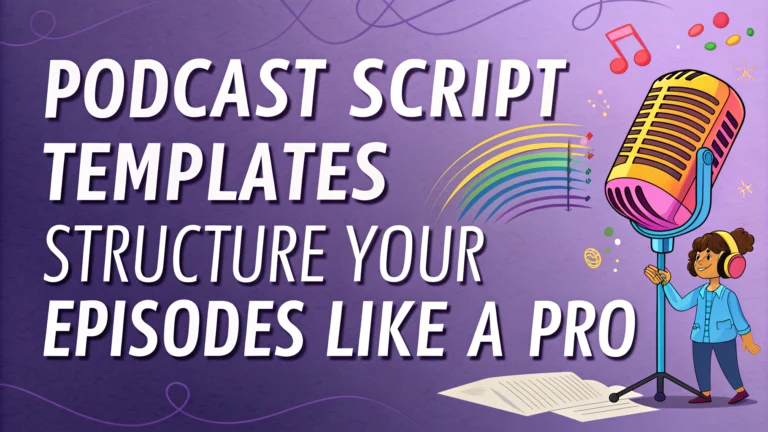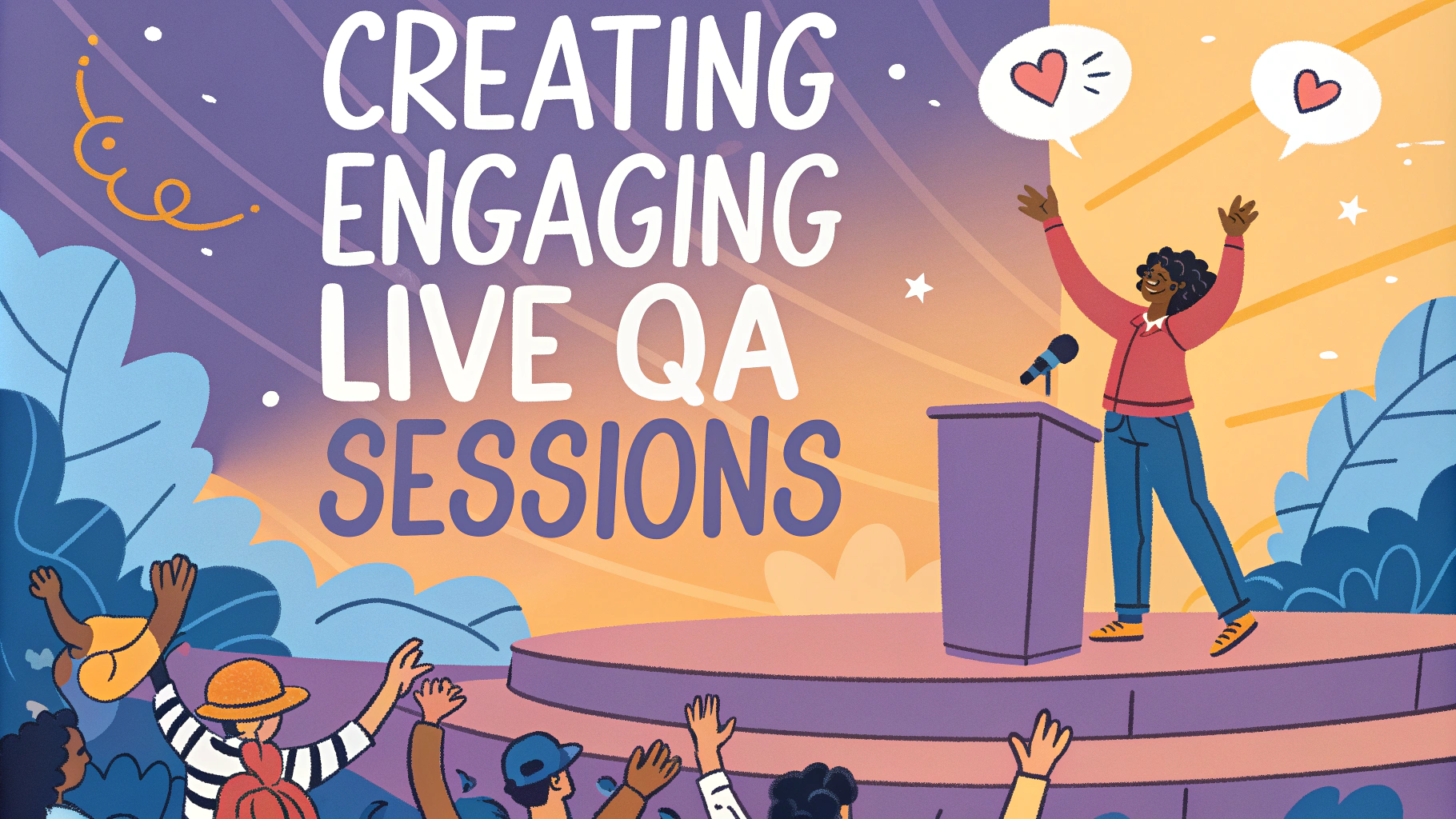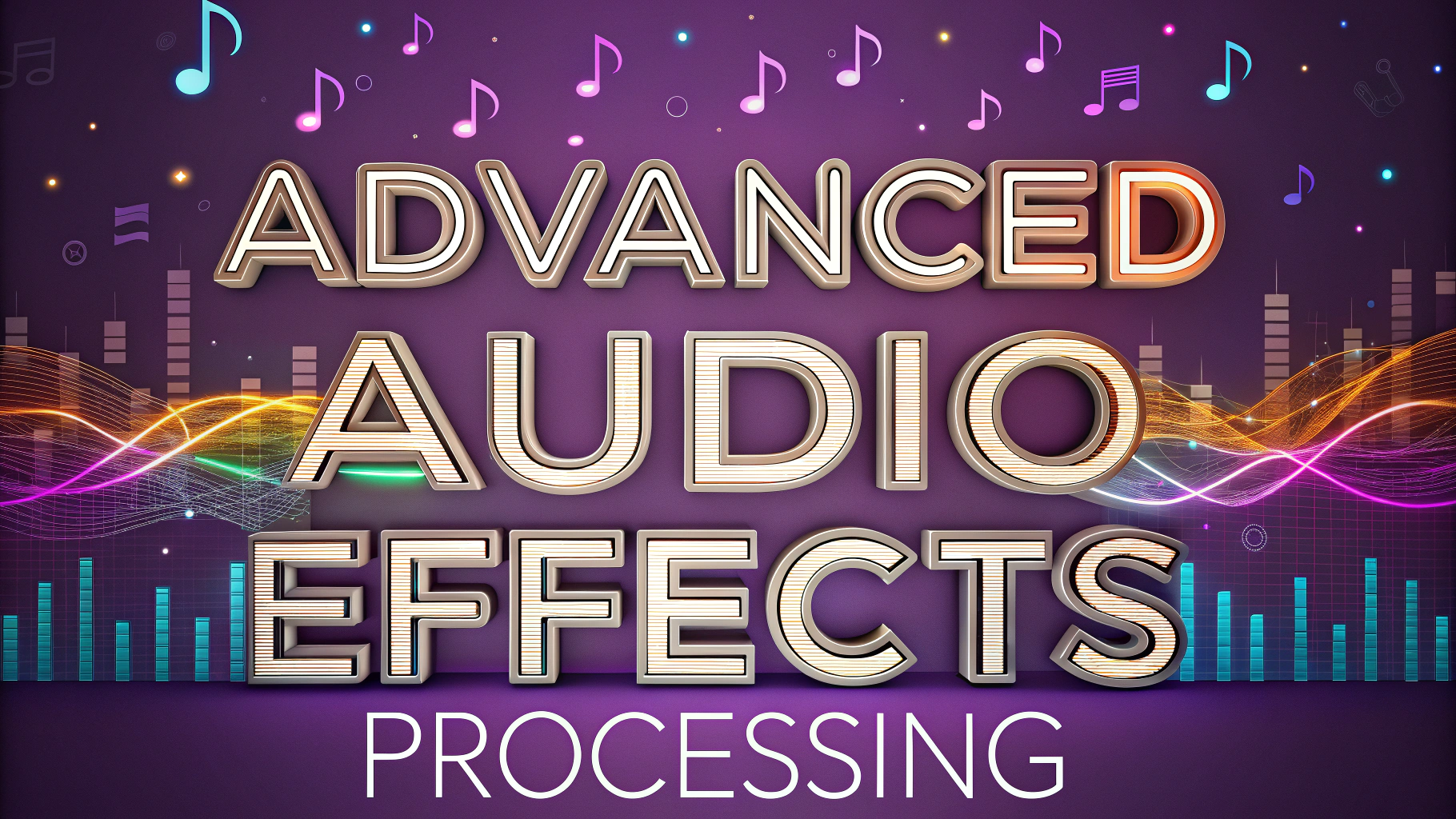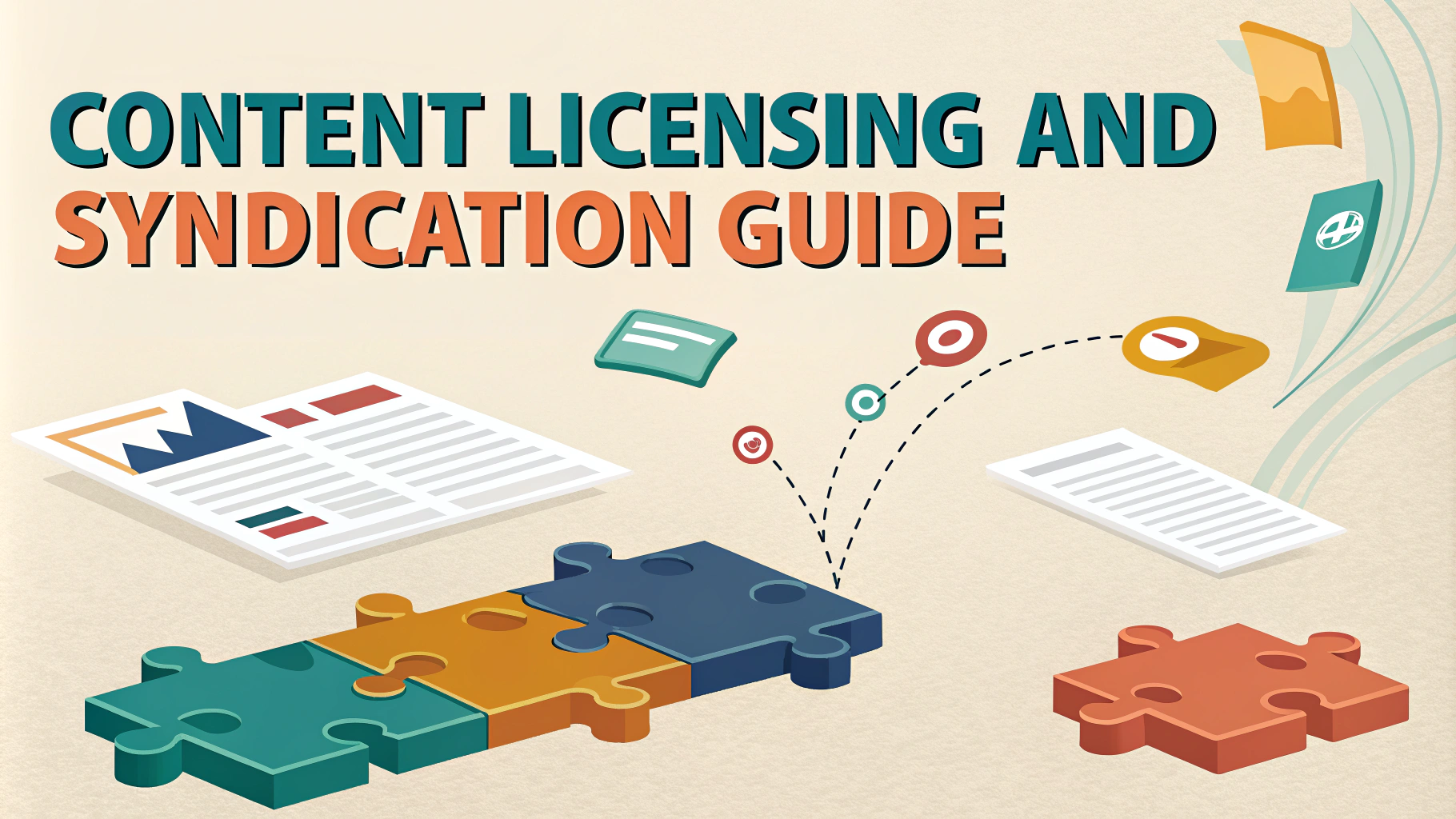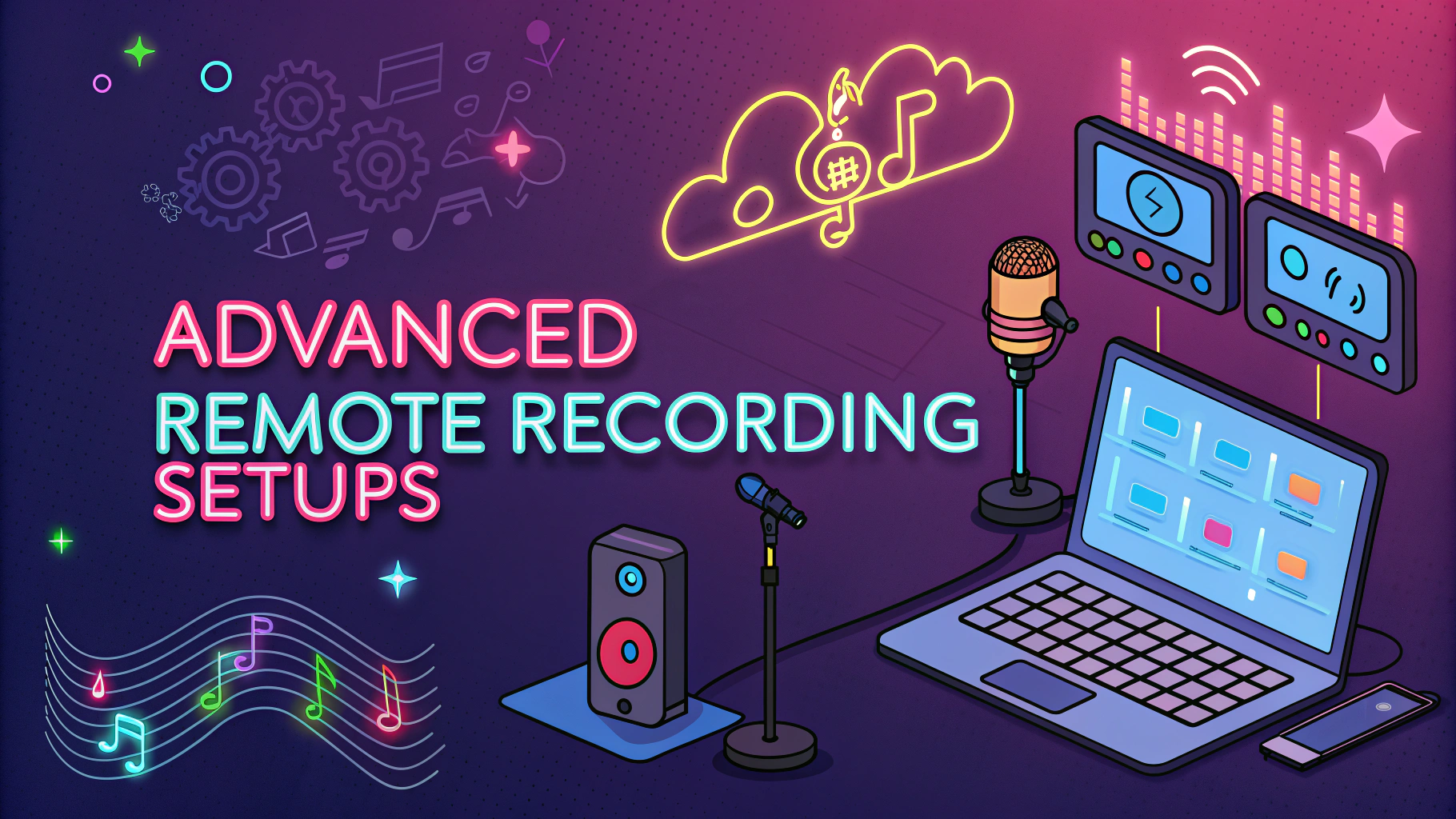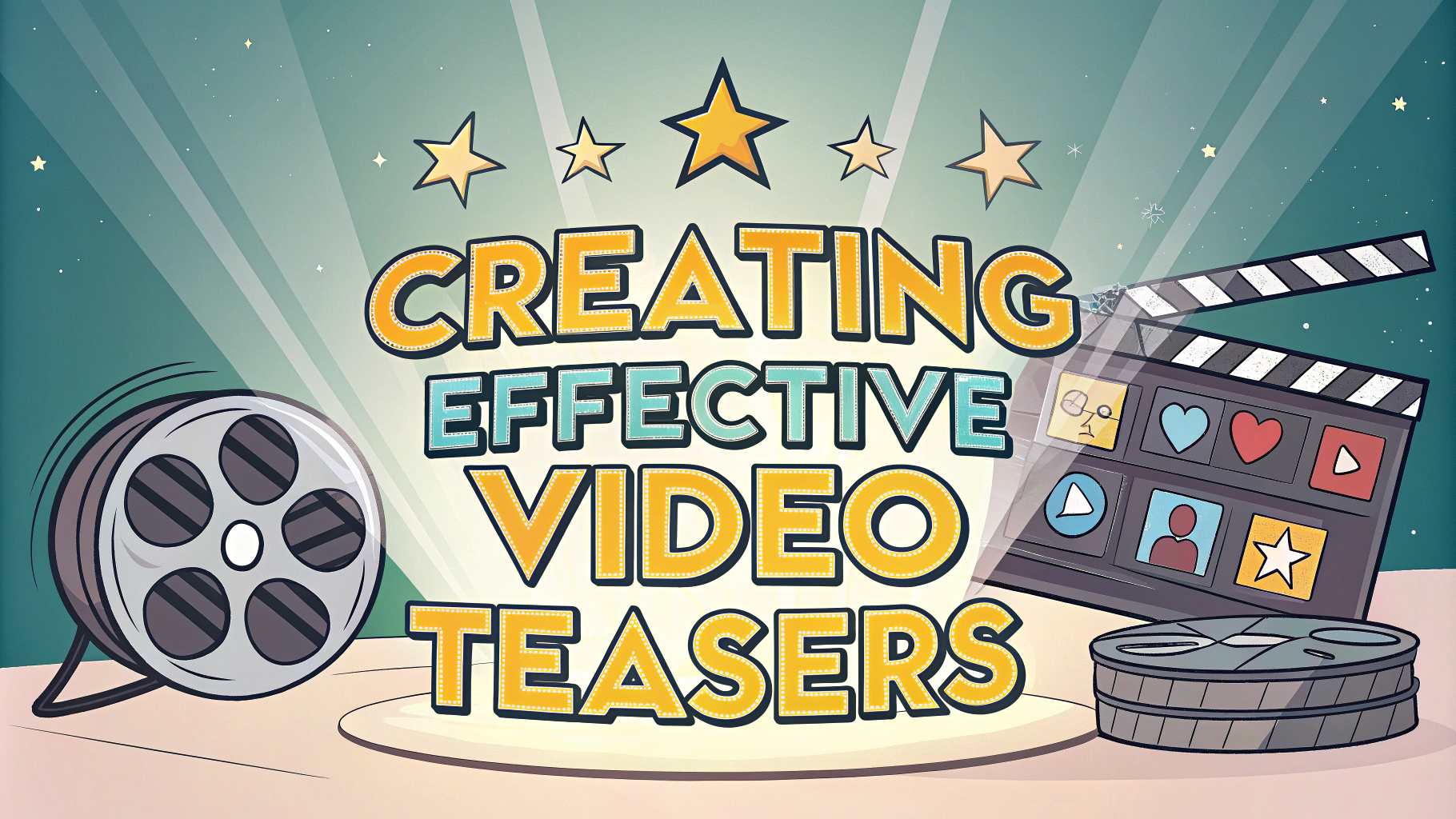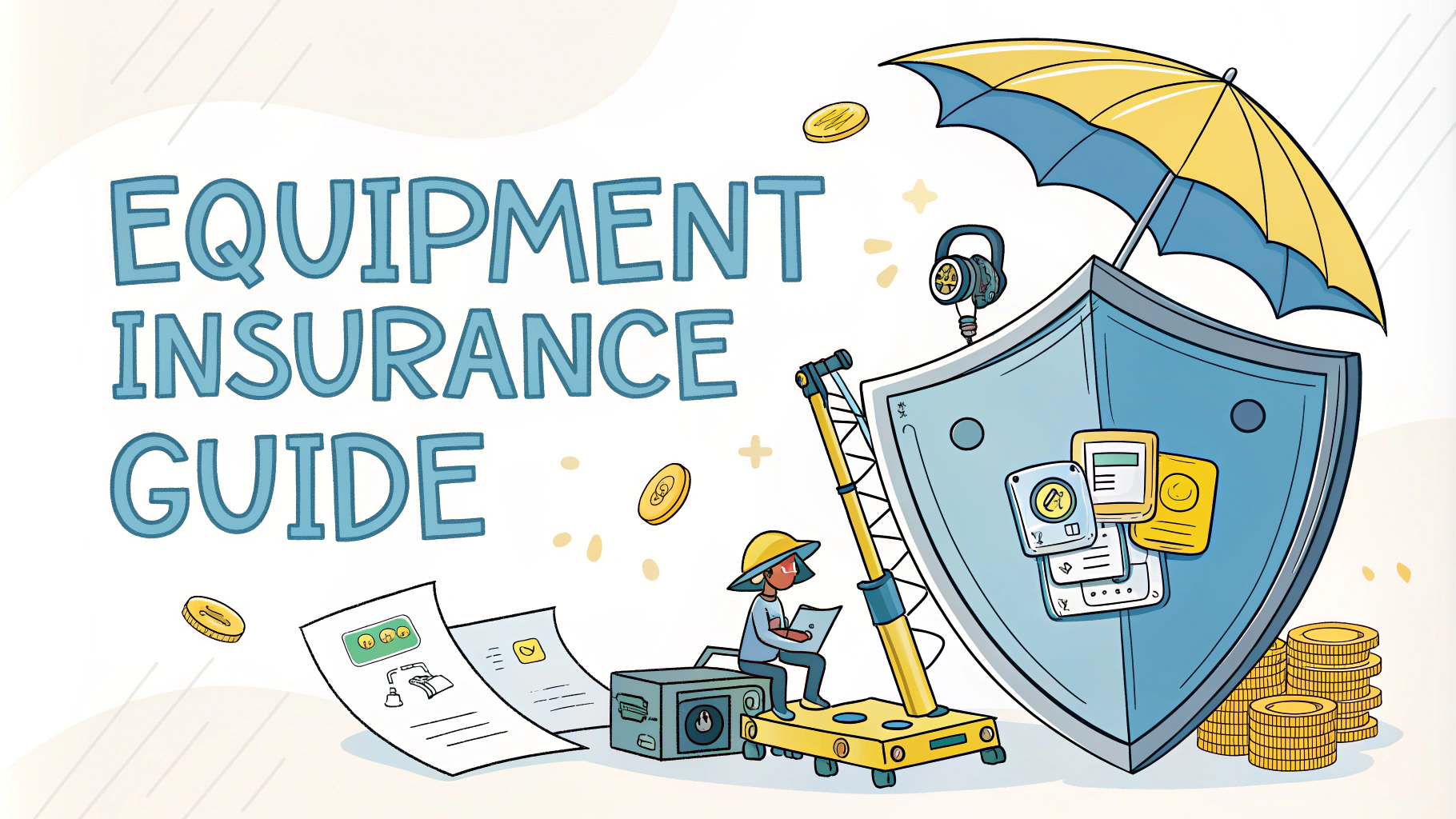Podcast script templates help content creators deliver polished, professional episodes that keep listeners engaged from start to finish.
A well-structured podcast template serves as your blueprint for consistent, high-quality content that respects your listeners’ time while delivering maximum value.
This quick guide breaks down proven podcast script templates and shows you exactly how to adapt them for your show format.
Basic Podcast Script Template Structure
- Show Introduction (30-60 seconds)
- Show name and episode number
- Host introduction
- Episode topic preview
- Sponsor message (if applicable)
- Main Content (15-45 minutes)
- Topic segments
- Guest interviews
- Discussion points
- Transition phrases between segments
- Closing Segment (2-3 minutes)
- Key takeaways
- Call to action
- Next episode preview
- Contact information
Interview-Style Template
Begin with a brief guest bio and explain why they’re qualified to speak on the topic.
- Opening Questions
- Background information
- Personal journey
- Current projects
- Main Discussion Points
- 3-5 core topics
- Follow-up questions
- Real-world examples
Solo Show Template
Solo shows require tighter scripting to maintain energy and pace throughout the episode.
- Hook statement
- Problem identification
- Solution overview
- Detailed explanation
- Action steps
- Summary
Co-Hosted Show Template
Co-hosted shows need clear speaking parts and transition points to avoid talking over each other.
- Script Elements:
- Host A/Host B speaking indicators
- Discussion prompts
- Planned banter points
- Segment transitions
Educational Content Template
- Structure:
- Learning objective statement
- Context and background
- Step-by-step instruction
- Common pitfalls
- Practice suggestions
News and Commentary Template
- Format:
- Headlines (30 seconds)
- Story details (2-3 minutes per item)
- Analysis and commentary
- Related implications
Tips for Script Writing
- Write conversationally – avoid formal language
- Include clear timing markers
- Mark emphasis points and pauses
- Add pronunciation guides for complex terms
- Leave room for spontaneous discussion
- Include technical cues (music, effects, transitions)
Taking Your Podcast Forward
Save your successful episode templates as reusable documents to maintain consistency across your podcast series.
Test different templates with your audience and track engagement metrics to optimize your show structure over time.
Remember to adapt these templates based on your unique podcast style and audience preferences.
Template Customization Tips
- Brand Integration
- Add signature phrases
- Include branded segment names
- Maintain consistent tone
- Incorporate unique show elements
- Timing Optimization
- Track segment lengths
- Adjust for audience retention
- Build natural rhythm
- Plan buffer time
Production Elements
- Audio Cues
- Music transitions
- Sound effects
- Segment markers
- Advertisement slots
- Technical Notes
- Recording settings
- Equipment setup
- Backup procedures
- Post-production markers
Quality Assurance Checklist
- Script review complete
- Technical setup verified
- Guest connections tested
- Backup systems ready
Creating Your Podcast Legacy
Master these templates to build a consistent, professional show that grows with your audience and evolves with your content goals.
- Document successful formats
- Build template library
- Review and refine regularly
- Stay flexible for innovation
Remember that templates are guidelines, not rigid rules – let your unique voice and style shine through while maintaining professional structure.
FAQs
- What are the essential elements of a podcast script template?
A podcast script template typically includes an intro, sponsor spots, main content segments, transitions, calls to action, and an outro. It should be flexible enough to maintain natural conversation while keeping the episode structured. - How detailed should my podcast script be?
Your script can range from a basic outline to word-for-word content, depending on your style. Most successful podcasters use a hybrid approach with bullet points for discussion topics and fully scripted intros/outros. - What’s the ideal length for a podcast episode script?
The ideal script length varies by genre and format, but most successful podcasts run between 20-45 minutes. Your script should reflect this timing, accounting for about 150 words per minute of speaking. - Should I script my interview questions in advance?
Yes, prepare a list of primary questions and potential follow-ups. This ensures you cover all important topics while allowing for natural conversation flow and unexpected directions. - How do I structure a solo podcast episode?
Solo episodes should include a hook, topic introduction, 3-5 main points with supporting content, transitions between segments, and a clear conclusion with call-to-action. - What’s the best way to include ad spots in my script?
Place ad spots at natural break points in your content, typically pre-roll (beginning), mid-roll (middle), or post-roll (end). Script these transitions to flow smoothly with your main content. - How can I make my podcast intro more engaging?
Start with a compelling hook, use a consistent tagline, briefly outline the episode’s value proposition, and keep it under 30 seconds to maintain listener interest. - What’s the importance of scripting transitions between segments?
Transitions maintain episode flow, prevent jarring topic changes, and help listeners follow your content progression. They should be brief but clear, signaling the move to new topics or segments. - How do I format a script for multiple hosts?
Clearly label each host’s parts, include interaction cues, and use different formatting or colors to distinguish between speakers. Include timing estimates and technical cues for smooth coordination. - Should I include show notes in my script template?
Yes, dedicate a section in your template for show notes, including key points, references, links, and resources mentioned in the episode for easier post-production and listener reference.
